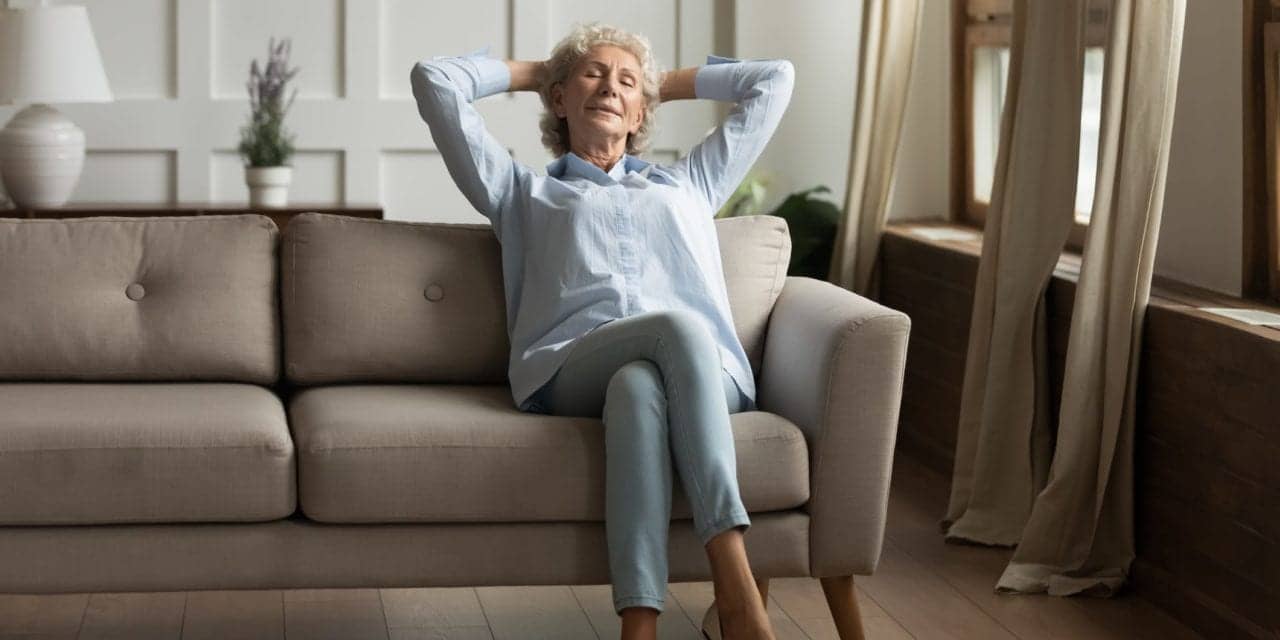Clinicians should focus directly on the symptom of EDS, suggests a new review.
By Lisa Spear
Car accidents caused by drowsy driving and mounting medical bills are just a few of the personal and economic costs of excessive daytime sleepiness (EDS). This symptom of obstructive sleep apnea (OSA) and other sleep disorders has been associated with falling asleep at work, decreased productivity, and difficulty with managing time. Trouble with mood regulation and depression1 are also commonly seen in unmanaged daytime sleepiness.
Increasingly, studies are finding that excessive daytime sleepiness can continue to take a toll on patients even after they’re treated with continuous positive airway pressure (CPAP)—and correspondingly, that patients’ personal and economic burdens can persist.
“The primary therapies for sleep apnea don’t fully treat sleep apnea,” explains Carl Stepnowsky, PhD, a research psychologist who specializes in behavioral sleep medicine at the University of California, San Diego. “I think sometimes it is easy to say, ‘Here’s a device, it’s going to help you breathe at night and you’ll be fine.’ But it is a little bit more complicated than that.”
A number of studies have attempted to look at the burden of OSA on patients, but Stepnowsky and colleague Damien Léger, MD, PhD, wanted to try to get a more complete picture of the impact of EDS in this population by conducting a literature review, published recently in Sleep Medicine Reviews. The paper analyzed dozens of studies to confirm that sleepiness may continue to erode an individual’s quality of life, lead to a higher frequency of outpatient physician visits, increased risk of hospitalizations, and poor work performance, even after OSA diagnoses and treatment. The researchers hope their work encourages clinical teams to take a closer look at the impact of residual daytime sleepiness.2
“The key takeaway is to focus directly on the symptom of daytime sleepiness and to help bring attention to that specifically,” says Stepnowsky. He encourages clinicians to ask their patients more questions about how they are performing at work or school. The root of the patient’s residual sleepiness may not be sleep-disordered breathing and could stem from another underlying condition, including comorbid insomnia. Stepnowsky suggests that providers ask questions about sleep hygiene and routines.
“Another thing that I think the clinical care team can do is to pay attention to sleep habits and sleep quality,” he says.
The review found, even following CPAP treatment, the prevalence of persistent excessive daytime sleepiness in OSA was between 12% and 65%. The researchers relied on the most commonly reported definition of EDS, an Epworth Sleepiness Scale score of ≥11.
“I have always known that when we treat sleep apnea, we don’t fully take care of it, but I might have been a little bit surprised to see that there were four or five studies that really did show that even well-treated sleep apnea patients’ residual sleepiness was still there. That was one of the more important things, I think, that we saw,” says Stepnowsky.
In some instance the symptoms may come on slowly over time, so the OSA patient not realize that their daytime sleepiness is abnormal.
“It can be hard for the patient to have that insight, whereas the clinical team can help make that connection,” he says.
“By directing the conversation to daytime sleepiness, the clinical care team can ask questions about the patient experience to really help them to achieve their goals, whether it’s to not fall asleep at work or to become more productive or to have more energy to play with their kids or grandkids.”
Lisa Spear is associate editor of Sleep Review.
1. Jacobsen JH, Shi L, Mokhlesi B. Factors associated with excessive daytime sleepiness in patients with severe obstructive sleep apnea. Sleep Breath, 2013 May; 17(2):629-35.
2. Léger D, Stepnowsky C. The economic and societal burden of excessive daytime sleepiness in patients with obstructive sleep apnea. Sleep Med Rev. 2020 Feb 17; 51:101275


